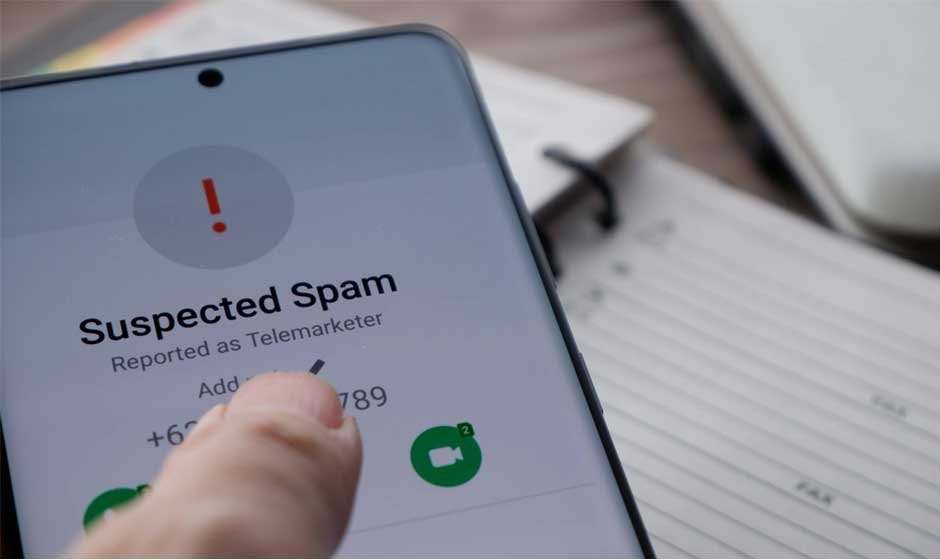Skip to the good bit
ToggleWhy do some business calls get flagged as spam? Misidentified calls can affect customer trust and reduce engagement. Understanding the causes helps improve outreach strategies. Let’s explore how businesses can turn this challenge into an opportunity.
Understanding Why Calls Get Marked as Spam
Phone carriers and spam filters use algorithms to detect unwanted calls. If a number is frequently flagged by recipients, it may be labeled as a potential spam phone number. Automated dialing, excessive outreach, and lack of proper identification increase this risk. Numbers with no caller ID or unfamiliar prefixes are more likely to be ignored. Customers often decline unknown numbers, reducing response rates. Misclassification affects legitimate businesses trying to reach potential clients.
Some businesses rely on outbound calls to generate leads. If recipients block or report a number, the system marks it as suspicious. Repeated short attempts without voicemail can also trigger spam filters. Frequency and duration play a role in whether outreach gets flagged. Companies that use shared or recycled numbers face a higher risk. Understanding these triggers helps businesses make informed decisions.
How Spam Classification Affects Business Promotions
Calls marked as spam reduce the chances of customer engagement. When potential clients see a warning on their screen, they hesitate to answer. This leads to lower connection rates and lost sales opportunities. If a business is mistakenly labeled as spam, it may struggle to build trust. Customers associate flagged numbers with robocalls or scams. A damaged reputation can be difficult to repair.
Promotions that depend on phone outreach must address this issue. Businesses need to ensure interactions appear legitimate and professional. Clear caller ID details, proper outreach frequency, and leaving voicemails can help. Maintaining a positive history reduces the risk of misidentification. Strategic changes in communication methods lead to better customer interactions.
Best Practices to Avoid Spam Labeling
Understanding how spam detection works allows businesses to refine outreach strategies. Implementing best practices reduces the risk of being flagged. Some vital steps include:
- Registering with Caller ID Databases:Ensures numbers are recognized as legitimate
- Using a Recognizable Business Number:Increases customer trust when receiving calls
- Avoiding Excessive Call Frequency:Prevents appearing overly persistent or intrusive
- Leaving Voicemails with Clear Details:Helps recipients understand the purpose of the call
- Monitoring Communication Metrics and Feedback:Identifies potential risks before numbers get flagged
A structured outreach plan minimizes spam labeling. Businesses that focus on quality interactions see better engagement rates.
Selecting the Right Phone System for Business Calls
A reliable phone system plays an essential role in reducing spam risks. Modern solutions offer features that improve credibility. A business-grade setup provides verified caller ID, reducing the chances of flagged calls. Choosing a provider with reputation management tools ensures calls are delivered successfully.
Proper system management prevents issues related to misclassification. Automated dialing should be configured to align with best practices. Businesses must ensure compliance with industry regulations to avoid penalties. Selecting a system with spam detection insights helps refine outreach strategies. Advanced features like call authentication improve answer rates. A professional setup enhances customer trust and communication effectiveness.
Adjusting Marketing Strategies for Better Customer Engagement
Combining phone outreach with other marketing methods improves response rates. Emails, text messages, and social media create a multi-channel experience. A balanced strategy makes interactions feel less intrusive. Customers are more likely to respond when they recognize a brand.
Personalization increases the chances of a successful call. Generic scripts often feel impersonal and lead to disinterest. Businesses should focus on targeted outreach, offering solutions that match customer needs. Pre-qualifying prospects ensure efforts reach interested recipients.
Understanding why calls get flagged helps businesses refine their outreach methods. Ensuring a number does not become a potential spam phone number improves connection rates. Proper caller ID, strategic outreach timing, and a professional phone system reduce misclassification. Businesses that prioritize clear, trustworthy communication see better engagement. A well-structured approach leads to stronger customer relationships and successful promotions.







